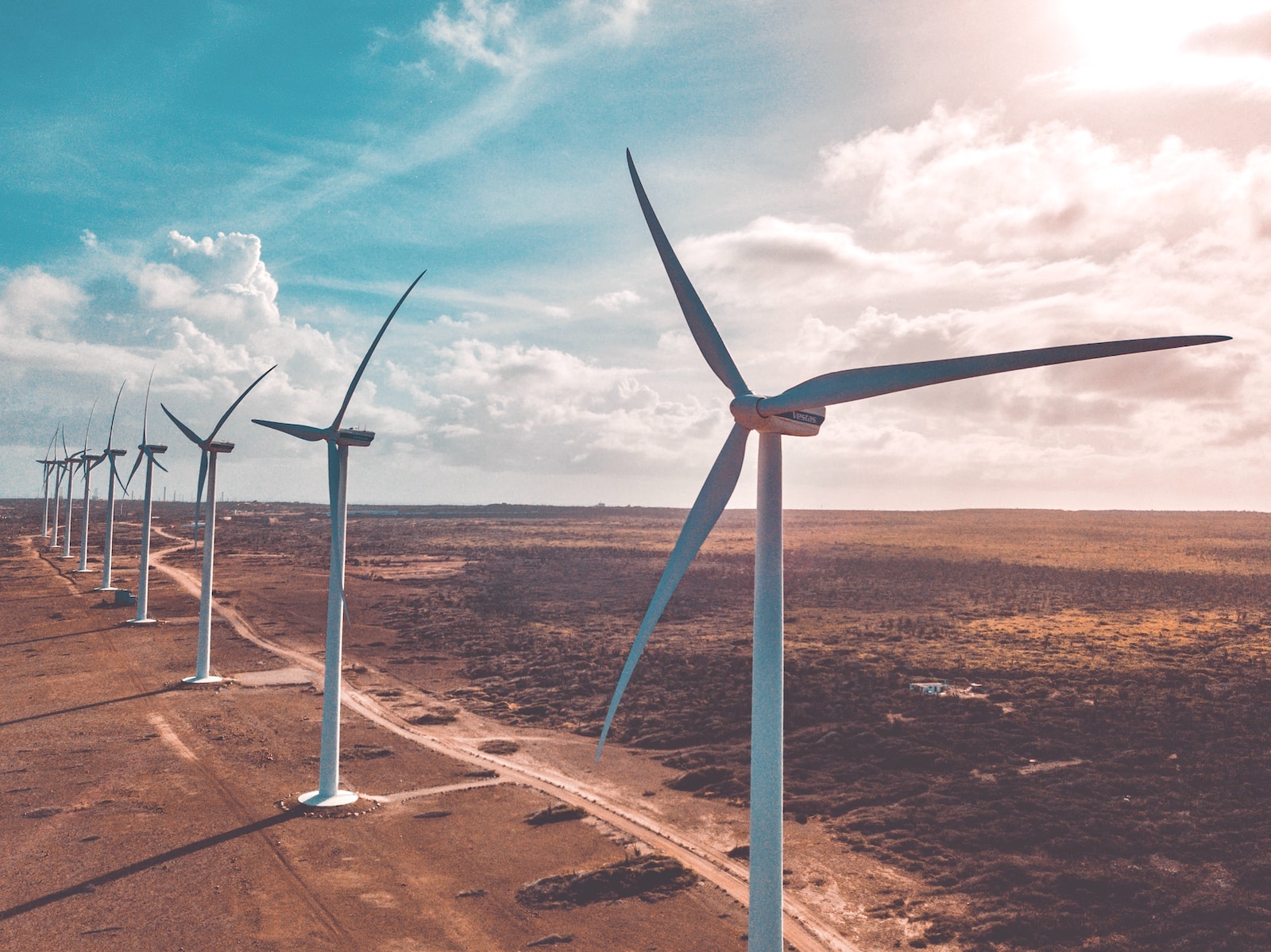Key Takeaway: Wind turbines are essential for converting wind energy into electrical energy. This process involves various components, including the rotor, blades, nacelle, gearbox, generator, and control systems. By capturing wind, rotating the blades, and generating electricity, wind turbines play a crucial role in harnessing renewable energy and reducing carbon emissions.
To better understand the process of energy transfer in wind turbines, let’s first examine their various components. A typical wind turbine consists of several essential parts:
- Rotor: This is the part of the wind turbine that captures the energy from the wind. It comprises the blades and hub, which are responsible for turning the rotor.
- Blades: The blades are designed to efficiently capture the kinetic energy of the wind. Their shape and length are carefully engineered to maximize energy extraction.
- Nacelle: Located at the top of the wind turbine tower, the nacelle houses the critical components, including the gearbox, generator, and control systems. It is responsible for converting the mechanical energy of the rotating blades into electrical energy.
- Gearbox: The gearbox increases the rotational speed of the rotor to a level suitable for electricity generation. It acts as a mechanical amplifier, harnessing more power from the wind.
- Generator: The generator is the heart of the wind turbine, transforming the rotational energy into electrical energy. It utilizes the principle of electromagnetic induction to produce a flow of electrons, generating electricity.
- Control Systems: Various sensors and controllers monitor and optimize the performance of the wind turbine. They adjust the pitch angle of the blades, yaw the turbine to face the wind, and ensure safe operation under different wind conditions.
Energy Conversion in Wind Turbines:
Now that we understand the components of a wind turbine, let’s dive into the process of energy conversion. It all begins with the capture of wind energy by the rotor and blades:
- Wind Capture: As the wind blows, it encounters the rotating blades of the wind turbine. The blades are designed with an aerodynamic shape, allowing them to efficiently capture the kinetic energy of the wind. The force of the wind causes the blades to rotate.
- Rotation: The rotation of the blades spins the rotor, which is connected to the gearbox. As the rotor turns, it increases the rotational speed, amplifying the mechanical energy extracted from the wind.
- Mechanical Energy to Electrical Energy: The amplified mechanical energy is then transmitted to the generator through the gearbox. Inside the generator, the rotational motion of the turbine shaft drives a magnetic field, creating a flow of electrons. This flow of electrons generates electrical energy, which is now ready for transmission and use.
Power Transmission:
Once electricity is generated, it needs to be transmitted to the electrical grid for distribution or stored for future use:
- Electrical Grid Connection: The electrical energy produced by the wind turbine is typically transmitted via underground or overhead cables to the electrical grid. It is integrated with the existing power infrastructure to meet the energy demands of homes, businesses, and industries.
- Storage Systems: In some cases, excess electricity generated by wind turbines can be stored in batteries or other storage systems. This stored energy can then be used during periods of low wind or high electricity demand.
Efficiency and Losses:
While wind turbines are highly efficient in converting wind energy into electrical energy, there are certain factors that can affect their overall efficiency:
- Wind Speed: The efficiency of a wind turbine is directly influenced by the speed and consistency of the wind. Higher wind speeds result in increased energy capture and higher electricity generation.
- Blade Design: The design of the blades plays a crucial role in maximizing energy extraction. Advanced blade designs, such as those with a curved shape or multiple airfoil sections, can significantly improve the efficiency of wind turbines.
- Mechanical Losses: As with any mechanical system, wind turbines experience some losses due to friction and resistance. These losses can occur in the gearbox, generator, and other moving parts, reducing the overall efficiency of the energy transfer process.
Environmental Considerations:
Wind power offers numerous environmental benefits, making it a crucial component of the transition to a sustainable energy future:
- Reduced Carbon Emissions: Wind turbines produce electricity without burning fossil fuels, resulting in significantly lower carbon emissions compared to traditional power plants. This helps combat climate change and reduce air pollution.
- Sustainable Energy Generation: Wind power is a renewable energy source, meaning it relies on a resource that is naturally replenished. Unlike finite fossil fuels, wind energy is abundant and accessible, providing a long-term solution for our energy needs.
Wind turbines are a remarkable example of human innovation, harnessing the power of the wind to generate clean and sustainable electricity. By capturing wind energy, converting it into electrical energy, and transmitting it to the grid, wind turbines play a crucial role in reducing our dependence on fossil fuels and mitigating the impacts of climate change. As we continue to invest in renewable energy technologies, the process of energy transfer in wind turbines will only become more efficient and effective, paving the way for a greener and more sustainable future. So, the next time you see a wind turbine gracefully spinning in the distance, remember the intricate process of energy transfer happening within, and appreciate the power of the wind.



